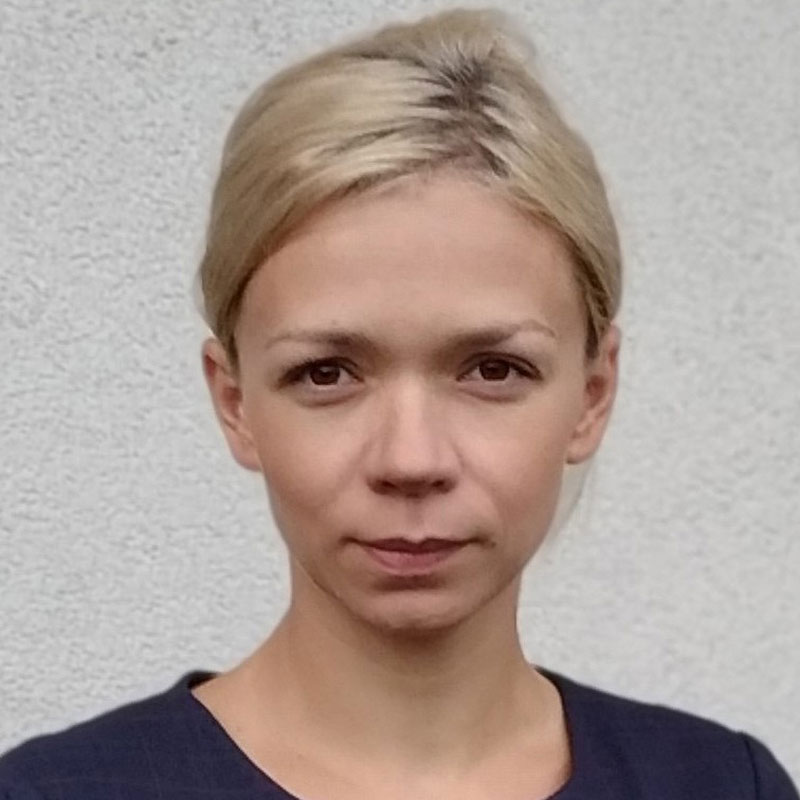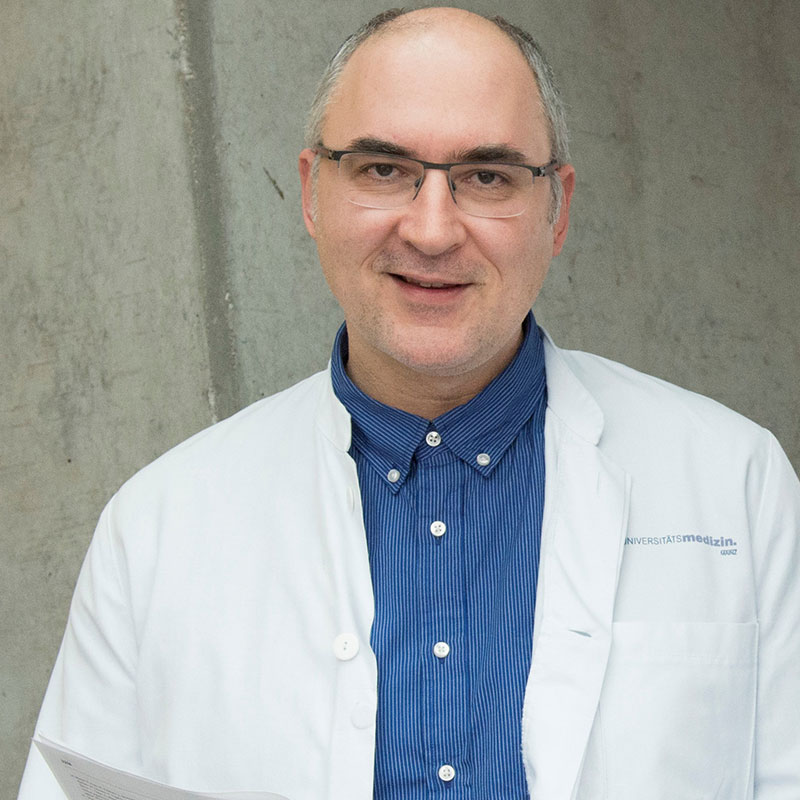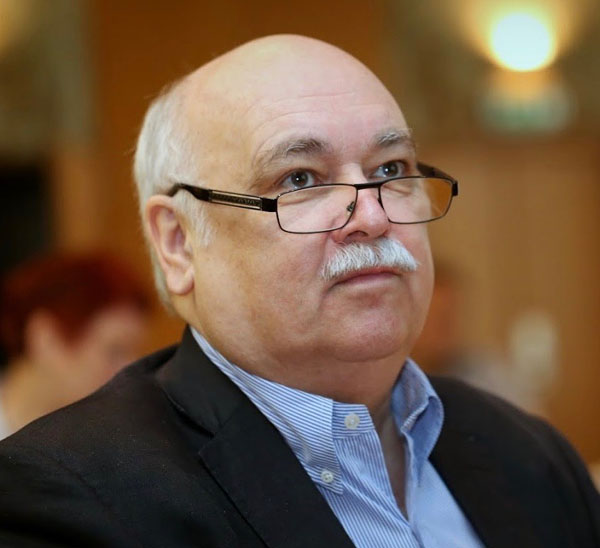WEBINAR SERIES:
Oxidative Stress: Biochemical and Pharmacological aspects
15:00-17:00 Central European Time (CET= GMT+2= UTC+2)
April 26th, 2022
15:00-17:00 Central European Time (CET= GMT+2= UTC+2)
Participation is free of charge but registration is compulsory at www.antiox.it
A single layer of cells lining the internal surface of blood vessels is the vascular endothelium. The endothelium not only creates a structural barrier between blood and tissues but, most important, is a dynamic and multifunctional endocrine organ. Healthy endothelium is of fundamental significance for vascular homeostasis, and its dysfunction is observed in many cardiovascular diseases (CVD). We found that Nrf2 and Keap1 regulate endothelial cells’ angiogenic response and premature senescence by newly discovered atypical activities. We showed that Nrf2 tethers Keap1 to prevent podosome disassembly, permitting cell migration and angiogenesis. This function of Nrf2 predominates its transcriptional activity in regulating blood vessel formation. Moreover, we identified Keap1 to form together with GAPDH and NOS an S-nitrosation enzymatic complex, which modulates endothelial cells and blood vessels’ premature senescence, affecting cellular proteostasis. Our study shows the critical role of Nrf2/Keap1 in vascular biology and underlines their non-classical activities, reaching beyond gene transactivation and Nrf2 repression.

Anna Grochot-Przęczek is an assistant professor at the Department of Medical Biotechnology, Faculty of Biochemistry, Biophysics and Biotechnology, at Jagiellonian University in Krakow, Poland. She studies the molecular mechanisms regulating the function of endothelial cells and blood vessels. Her team’s research showed that Keap1, GAPDH and nitric oxide synthase (NOS) form an enzymatic complex catalysing protein S-nitrosation. This process is deregulated in aged endothelial cells and blood vessels, which leads to massive protein aggregation. Currently, she tries to recognise the significance of Nrf2/Keap1 imbalance and the Keap1-dependent loss of proteostasis in the function of blood vessels.
Environmental risk factors, including noise, air pollution, chemical agents, and ultraviolet radiation (UVR) have a considerable impact on human health. Oxidative stress and inflammation arise as key players in molecular pathomechanisms of environmental pollution. There is evidence for protective actions of NRF2 in connection to oxidative stress and inflammation in response to environmental risk factors. We have recently demonstrated the protective actions of NRF2 and its downstream pathways against traffic noise associated cardiovascular damage. Similar evidence can be found in the literature for a beneficial effect of NRF2 against air pollution induced complications as well as detrimental health effects by other environmental stressors, such as UVR, heavy metals and smoking. Question is whether NRF2 activation in the general population by nutraceuticals could be used to prevent non-communicable chronic disease development and progression by environmental stressors.

Andreas Daiber studied Chemistry at the University of Konstanz (Diploma in 1997), holds a PhD in Biochemistry (graduated in 2000), did his habilitation (graduated in 2006), and since 2008 is a full professor in Molecular Cardiology at the University Medical Center Mainz. >33 significant research grants from the pharmaceutical industry and public funding bodies. 2011 guest professorship at the Université Joseph Fourier at Grenoble, France. From 2014-2016 Chair of COST Action BM1203 (EU-ROS). Memberships in national and international scientific communities (SFRBM/SFRRE, ASBMB, DGK), reviewer activities for numerous scientific journals (e.g. FRBM, Redox Biology, ATVB, Eur. Heart J., Nat. Comm.) and funding bodies, editorial board positions (Oxid. Med. Cell. Longev., Cardiovasc. Res., Antioxidants, FRBM, Redox Biology), guest editor (Antioxid. Redox Signal., Redox Biology, Br. J. Pharmacol., FRBM, Antioxidants). He published >170 original research articles, >130 review articles, 25 book chapters, >155 conference abstracts and 2 patents with Boehringer Ingelheim. h-index: 69; >13,000 citations. Special research interests: redox biochemistry, oxidative stress and environmental research in cardiovascular disease.
We previously extablished in a rodent model of ischemic stroke that activation of NRF2 defenses by pretreatment with sulforaphane (SFN) affords protection against neurovascular and neurological deficits. To further investigate the molecular mechanisms, we further investigated SFN-mediated protection in mouse brain microvascular endothelial cells (bEnd.3) adapted long-term to hyperoxic (18 kPa), normoxic (5 kPa) or hypoxic (1 kPa) O2 levels. Using an O2-sensitive phosphorescent nanoparticle probe, we measured an intracellular O2 level of 3.4 ± 0.1 kPa in bEnd3 cells cultured under 5 kPa O2. Induction of HO-1 and GCLM by SFN (2.5 µM) was significantly attenuated in cells under 5 kPa O2, despite nuclear accumulation of Nrf2. To simulate ischemic stroke, cells were adapted to 18 or 5 kPa O2 and subjected to hypoxia (1 kPa O2, 1h) and reoxygenation. In cells adapted to 18 kPa O2, reoxygenation induced free radical generation was abrogated by PEG-SOD and significantly attenuated by pretreatment with SFN (2.5 µM). Silencing NRF2 abrogated HO-1 and NQO1 induction and led to a significant increase in reoxygenation induced free radical generation. Notably, reoxygenation induced oxidative stress, assayed using the luminescence probe L-012 and fluorescence probes MitoSOXTM Red and FeRhoNoxTM-1, was diminished in cells cultured under 5 kPa O2, indicating an altered redox phenotype in brain microvascular cells adapted to physiological normoxia. As redox and other intracellular signaling pathways are critically affected by O2, the development of high throughput therapies targeting KEAP1-NRF2 in the treatment of reperfusion injury in stroke, coronary and renal disease will require the design of in vitro studies to recapitulate the redox phenotype of cells in vivo (see Keeley & Mann, Physiol. Rev. 2019;99(1):161-2340).

Giovanni E. Mann is Professor of Vascular Physiology in the British Heart Foundation Centre of Research Excellence, Faculty of Life Sciences & Medicine, King’s College London, UK, President of SFRRi and Editor of FRBM Reviews and Special Issues. His research group is investigating Nrf2 transcriptional activation of antioxidant defense genes in vascular endothelial and smooth muscle cells exposed to oxidative stress in diseases such as gestational diabetes and ischemic stroke. He demonstrated the critical importance of conducting cell culture under oxygen levels relevant to specific tissues and organs. His research encourages a paradigm shift in the field, enabling researchers and Pharma to improve translation of molecular findings in vitro to disease pathology and high-throughput screening of NRF2 therapeutics for treatment coronary heart disease, ischemic stroke and wider field of vascular biology.
COST (European Cooperation in Science and Technology) is a funding agency for research and innovation networks. Our Actions help connect research initiatives across Europe and enable scientists to grow their ideas by sharing them with their peers. This boosts their research, career and innovation.
Grant Holder: Universidad Autónoma de Madrid
Start of Action: 19 October, 2021
End of Action: 18 October, 2025
CSO approval date: 25 May 2021
Action email: info@benbedphar.org
© 2022 BenBedPhar | Design by Tuinbit Group